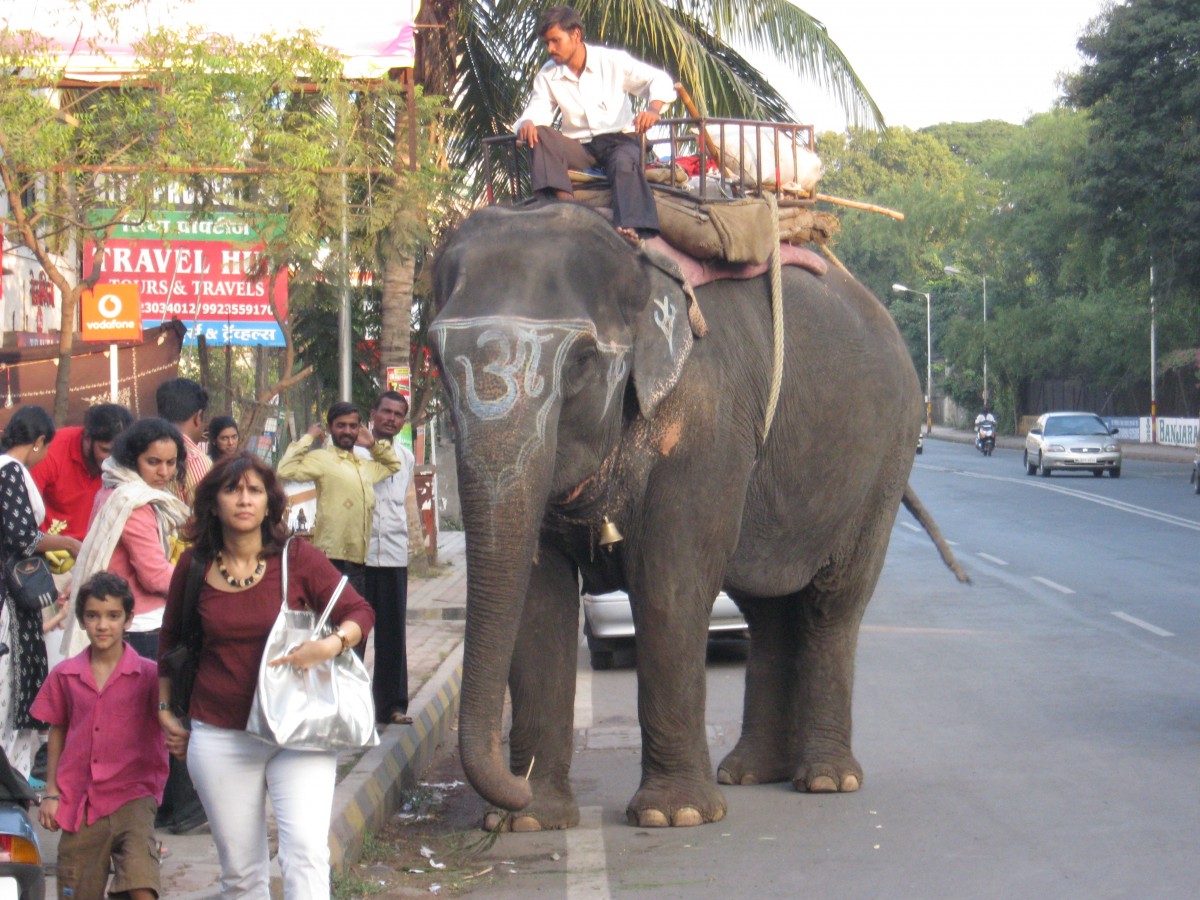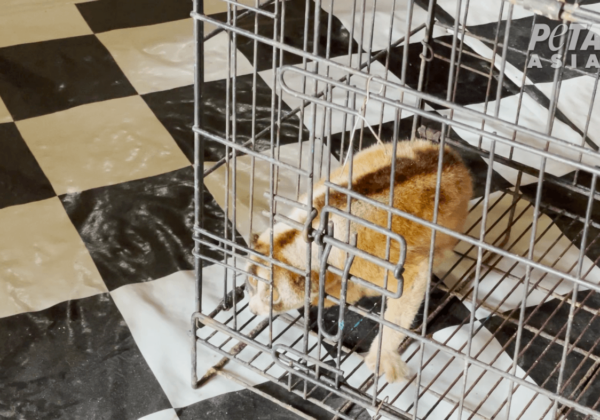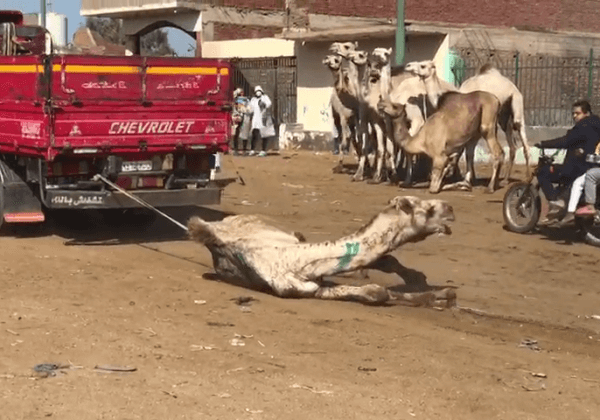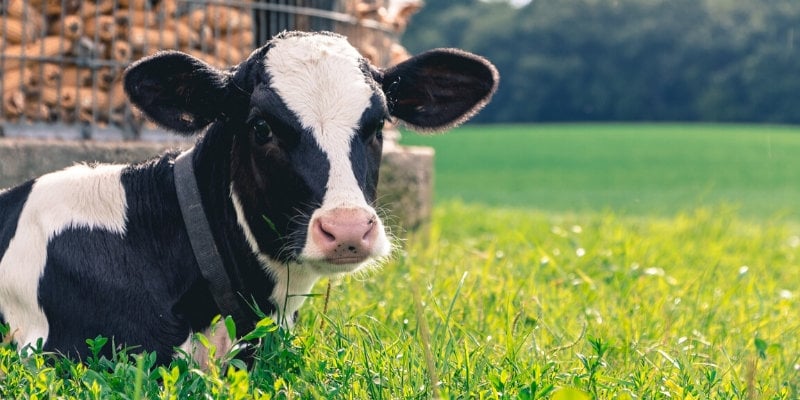Cruelty-Free Travel, Part 1: Boycotting Animal Abuse
 Asia is a wonderfully diverse and beautiful continent, so it’s no surprise that it is one of the most popular travel destinations in the world. Traveling responsibly and ethically is not limited to packing cruelty-free products and seeking out vegetarian restaurants. It also involves deliberately avoiding tourist “attractions” that exploit animals.
Asia is a wonderfully diverse and beautiful continent, so it’s no surprise that it is one of the most popular travel destinations in the world. Traveling responsibly and ethically is not limited to packing cruelty-free products and seeking out vegetarian restaurants. It also involves deliberately avoiding tourist “attractions” that exploit animals.
Elephant Rides/Trekking
Thailand is the world’s largest promoter of elephant camps, where the barbaric phajaan (“breaking the spirit”) ritual is used to break baby elephants and force them to submit to humans. Still-nursing baby elephants are dragged from their mothers, bound with ropes and steel cables, and immobilized in wooden cages. They are beaten mercilessly for days while deprived of food, water, and sleep. Camp workers gouge them with nail-studded sticks, inserting the sharp point into the elephant’s ear canal and jabbing the sensitive skin between their toes. The babies panic, collapse in exhaustion, defecate in fear, and scream out in terror and pain.
Once broken and forced to give rides to tourists, elephants suffer from dehydration, exhaustion, and untreated injuries. When not working, they live in chains.
Tiger Temples
Rather than fostering respect for highly endangered tigers, these temples blatantly exploit them for money. Heavily sedated tigers are forced to interact for hours each day with a constant stream of tourists. Their living quarters are barren cement floors with bars that offer no enrichment. Animals are continually bred to produce cute cubs, who, of course, are the largest tourist draw. Baby tigers are prematurely separated from their mothers, which is psychologically cruel to both the infants and the mothers and deprives the babies of proper maternal care. According to a former volunteer at a tiger temple, many of the tigers simply “disappear” from the facilities when they inevitably become impossible to handle.
Snake Shows
Wild snakes are captured, their fangs are ripped out, and their mouths are sewn shut or their venom ducts are pierced—all so that they can safely be in close contact with humans. Snakes don’t “dance”—the movement is part of how they defend themselves from attack. Even though reptiles have complex requirements, snakes used to attract tourists typically are jammed into baskets or boxes. Most become ill or sustain injuries from rough handling, but they will likely never see a veterinarian.
Horse- and Donkey-Drawn Carriages
Being forced to haul heavy loads in ill-fitting tackle causes many horses and donkeys to develop painful foot, hoof, and joint ailments. They experience pain with every step. When exhausted or dehydrated, these animals are beaten to force them to continue. When they are not being used for pulling carriages, they are stored like equipment in filthy conditions with little to no protection from the searing sun or pouring rain. Equines are easily spooked, and startled horses and donkeys have been known to charge into traffic, collide with other vehicles, and cause serious injuries to passengers and passersby. Both animals and people have been killed.
Pack your compassion when you travel. Share this information with fellow travelers, speak up when you see any animal being harmed or in distress, and report the cruelty to local authorities and PETA via our online form. Also, don’t forget to warn other travelers on attraction-review sites such as TripAdvisor.com.
Posted by Claire Miller









